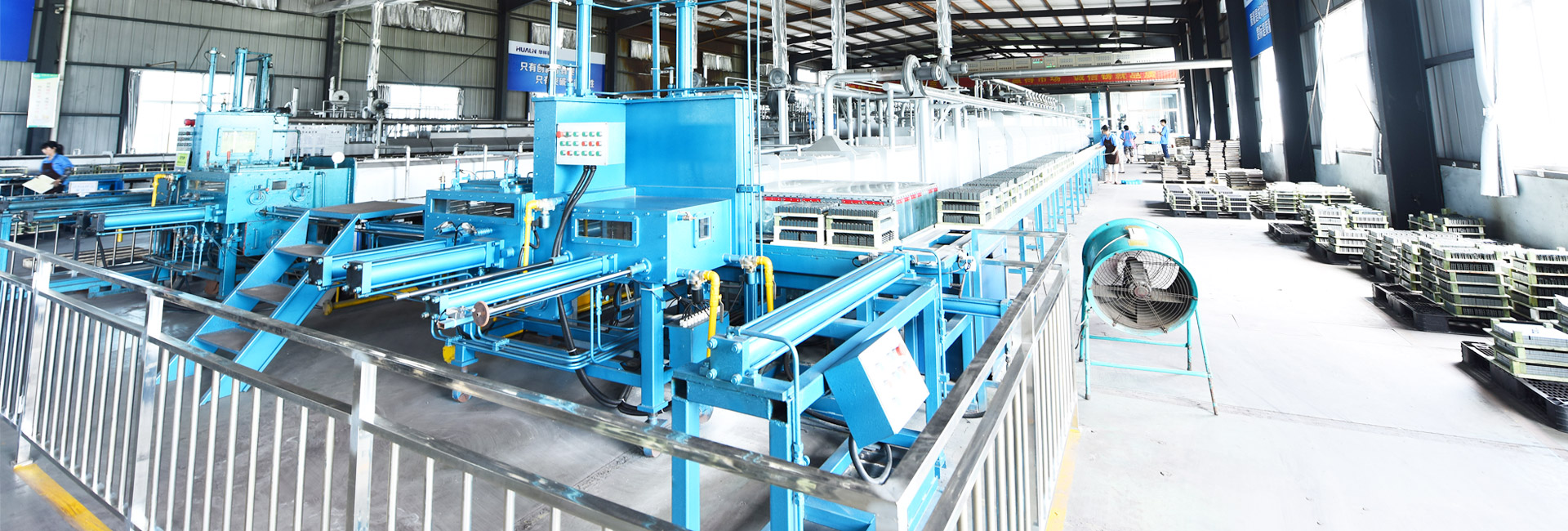The difference between manganese-zinc and nickel-zinc ferrite ring inductors
Ferrite toroidal inductors are divided into manganese-zinc ferrite toroids and nickel-zinc ferrite toroids. According to the different materials used, the calcined materials are different. The nickel-zinc ferrite magnetic ring is mainly made of iron, nickel, and zinc oxides or salts, and is manufactured by electronic ceramic technology. The manganese-zinc ferrite magnetic ring is made of iron, manganese, zinc oxides and salts, and is also manufactured by electronic ceramic technology. The two materials and processes are basically the same, the first difference is that the two materials of manganese and nickel are different. Because of these two different materials, their use effects on the same product are greatly different.
Manganese-zinc materials have high magnetic permeability, while nickel-zinc ferrites have low magnetic permeability. Manganese-zinc ferrite can be used in applications where the operating frequency is lower than 5MHz. Nickel-zinc ferrite has a high resistivity and can be used in the frequency range of 1MHz to hundreds of megahertz. Except for common mode inductors, for applications below 70MHz, the impedance of manganese-zinc materials makes it the best choice; for applications from 70MHz to hundreds of gigahertz, nickel-zinc materials are recommended. Manganese-zinc ferrite bead is generally used in the frequency range of kilohertz to megahertz. Can make inductors, transformers, filter cores, magnetic heads and antenna rods. Nickel-zinc ferrite magnetic rings can be used to make magnetic cores for mid-peripheral transformers, magnetic heads, short-wave antenna rods, tuned inductance reactors, and magnetic saturation amplifiers. The application range and product maturity are superior to Mn-Zn ferrite magnetic rings. Much.
When two kinds of magnetic cores are mixed together, how to distinguish them? Two specific methods are described below.
1. Visual inspection method: Because Mn-Zn ferrite generally has a relatively high magnetic permeability, large crystal grains, and a relatively compact structure, it is often black. However, nickel-zinc ferrite generally has a relatively low magnetic permeability, fine and small grains, and a porous structure, which is often brown, especially when the sintering temperature is relatively low during the production process. According to these characteristics, we can distinguish them by visual inspection. In a brighter place, if you see the ferrite's color is black and there are more dazzling bright crystals, this magnetic core is manganese-zinc ferrite; if you see the ferrite with brown color, dim gloss, and no crystal grains Dazzling, this magnetic core is nickel-zinc ferrite. Visual inspection is a relatively rough method, and it can be mastered after certain practice.
2. Test method: This method is more reliable, but requires some test equipment, such as high resistance meter, high frequency Q meter, etc.
3. Test withstand voltage.



